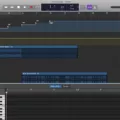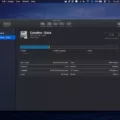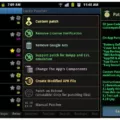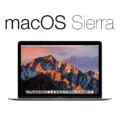Are you a Mac user looking to get the most out of your computer? You may not know it, but your Mac is packed with helpful tools and utilities that can make your life a whole lot easier. From disk repair to network optimization, these utilities can help you keep your Mac running smoothly and efficiently.
In this blog post, we’ll explain how to find and use the utilities on your Mac. We’ll start by showing you how to access the utility folder, then move on to introducing some of the most useful utilities available.
Finding The Utilities Folder
To find the utility folder, press Command+Space on your keyboard to open Spotlight search. Type “Utilities” and click on the result. This will take you directly to the utility folder in Finder. Alternatively, you can open Finder from your Dock and click Applications in the left sidebar. Find and click the utility folder here as well.
The Most Useful Mac Utilities
Now that you know where to find them, let’s take a look at some of the most useful Mac utilities available:
• Activity Monitor: This utility tracks CPU, memory, energy, disk, and network usage of every application or background process running on your Mac. It provides an overview of system resources so you can identify any programs or processes that are hogging up too much memory or CPU cycles.
• Disk Utility: Use this utility to repair disk permissions or format new drives. You can also use Disk Utility for disk imaging and cloning hard drives if needed.
• Network Utility: This utility helps optimize network settings such as IP addresses, DNS servers, and more for faster internet connections. It also displays detailed information about active connections including bandwidth usage statistics for each connected device on the network.
• Terminal: This command-line interface lets you control every aspect of your Mac from basic file management tasks like copying folders to more complex tasks like setting up server software or automating routine tasks with scripts.
With these powerful tools at your fingertips, you should be able to get more out of your Mac than ever before! Keep exploring all of the amazing features and capabilities within these utilities so that you can keep everything running smoothly at all times!
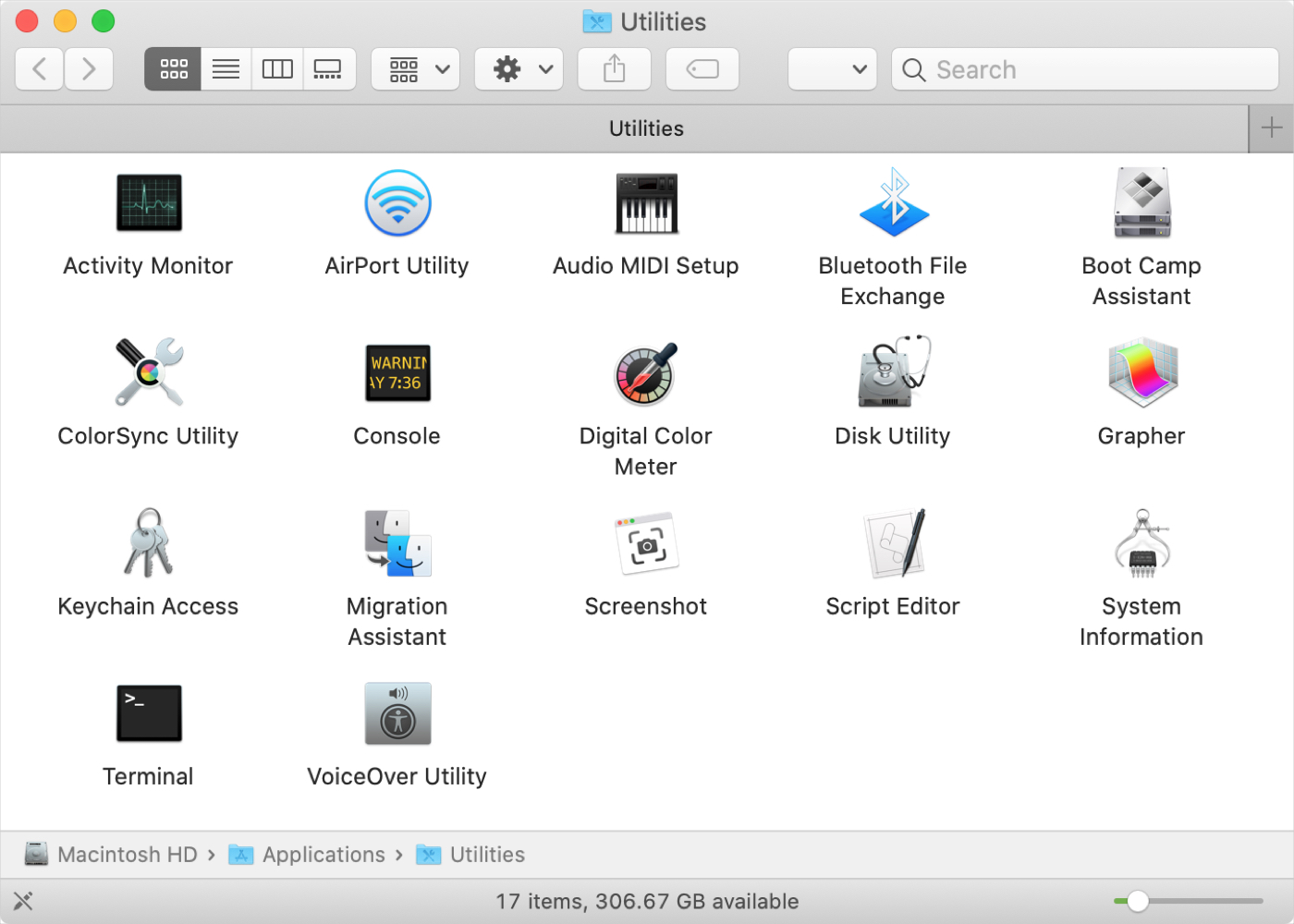
Locating Utilities on a Mac
It is possible that you are not able to find Utilities on your Mac because it is not installed. To check if Utilities is installed, go to the Finder app (located in your Dock), select Applications in the left sidebar, then look for a folder named Utilities. If there is no utility folder, it means that it is not installed on your Mac.
Alternatively, you can use Spotlight (by pressing Command-Space) and search for ‘Utilities’. If you don’t see any results, it could be a sign that it’s not installed.
It may also be possible that the utility folder has been moved to another location or deleted altogether. In this case, you can try using Time Machine to restore deleted files or use third-party software like Disk Drill to recover lost data.
Understanding the Utilities Folder on a Mac
The utility folder on a Mac is a convenient place to find some of the most useful tools available on your Mac. It contains essential apps such as Activity Monitor, which allows you to track and monitor the performance of all running applications and background processes; Terminal, which gives you access to powerful command line tools; Disk Utility, which helps with disk repair and formatting; System Information, which provides detailed information about your current system configuration; Time Machine, for creating backups of your important data; and Migration Assistant for transferring files from other computers. Additionally, many developers add their own utilities to this folder for easy access.
Opening Utilities on a Mac
The shortcut to open Utilities on a Mac is Shift-Command-U. This keyboard shortcut will open the utility folder, which contains many useful applications for tasks such as disk management and network configuration.
Conclusion
In conclusion, the Mac is a powerful and versatile system that can be used for a wide range of tasks. It comes loaded with useful features such as Spotlight, Finder, and Utilities, which allow users to quickly find what they need. Activity Monitor is a great tool for tracking resource usage and ensuring your Mac runs smoothly. With its user-friendly interface, great performance, and wide range of features, the Mac is an excellent choice for those looking for a reliable operating system.

